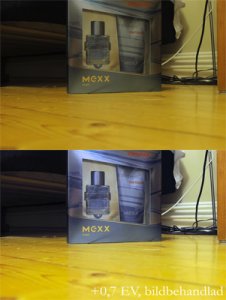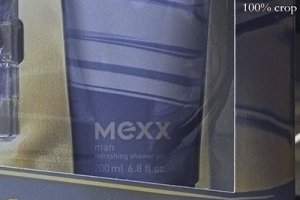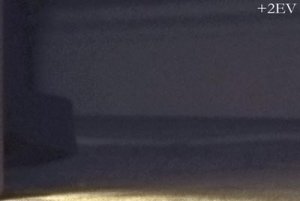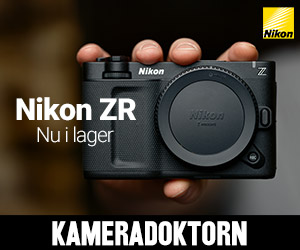Teodorian
Aktiv medlem
Per pixel ja, förutsatt att sensorerna har samma fyllnadsfaktor, vilket de troligen inte har när det skiljer flera år mellan dem. Jag måste säga att din förklaring borde te sig mycket förvirrande för den som inte känner till det jag just skrev. Avser du bokstavligen hela sensorn så är det rent av felaktigt.
Det jag skrev är direkt taget från DXOmark:
http://www.dxomark.com/index.php/eng/Technologies/Noise-characterization
"A camera with the same field of view and twice as many pixels as another camera has a lower SNR (-3dB). Indeed, each pixel receives two times less light in the high-resolution camera as in the low-resolution camera. However, the high resolution camera contains more detail, and can still be converted into a low-resolution camera by carefully-performed sub-sampling. In this case, the noise level is the same (see “Noise Normalization”)."
http://www.dxomark.com/index.php/eng/Insights/More-pixels-offsets-noise!
"Noise measurements in RAW format are indicative of pixel performance, but the viewing conditions of the image must also be taken into account. To compare prints on a given format of cameras with different resolutions, it is more suitable to compute the equivalent SNR of a camera with a given reference resolution. For equal, normalized SNR, a high-resolution camera is still better than a low-resolution camera. While it is always possible to simulate a low-resolution camera using a higher resolution camera (since downsampling is easy), it is not possible to simulate a high-resolution camera from a lower resolution one other than by interpolating or inventing data."
http://www.dxomark.com/index.php/eng/Insights/SNR-evolution-over-time
"In summary, DSLR sensor technology has made significant advances over the past several years, with full-frame sensors outpacing the progress of APS-C sensors. DxO Labs’ measurements show that advances in RAW conversion technology have compensated for the increase in SNR brought about by the proliferation of smaller, less light-sensitive pixels in DSLRs, with the result that today’s high-resolution cameras produce higher-quality images overall than low-resolution cameras when viewed or printed under the same conditions."
Slutsats: Nya kameror med fler pixlar på samma sensoryta ger bättre bildkvalitet (tex ifråga om brus) än gamla kameror med färre pixlar!
Senast ändrad:









